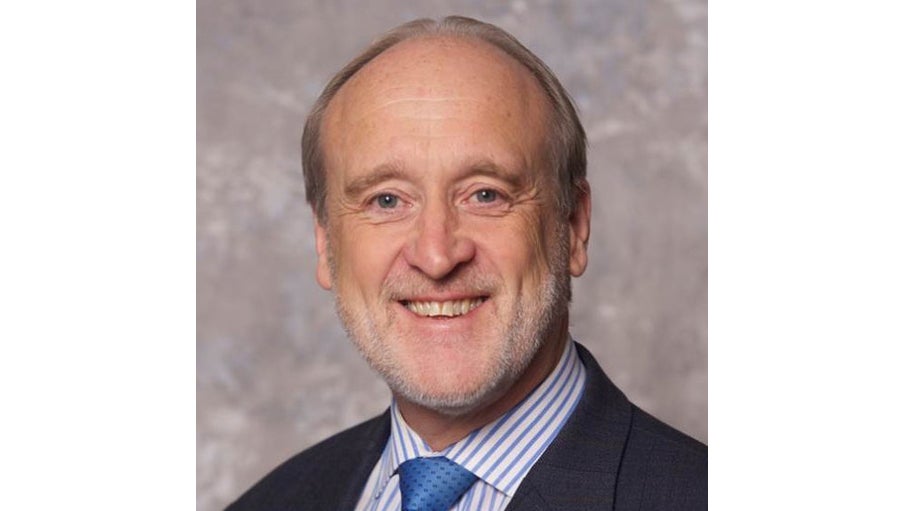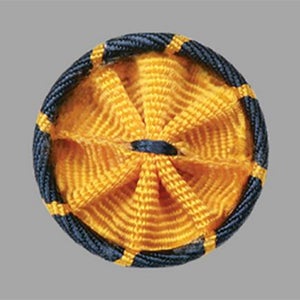Georgetown Breast Cancer Researcher Inducted as AAAS Fellow

Posted in Lombardi Stories | Tagged breast cancer, cancer, cancer research, faculty honors
(February 15, 2020) — For a career aimed at decoding the biggest challenge in treating the most common cancer in women, the Council of the American Association for the Advancement of Science (AAAS) inducted Georgetown’s Robert Clarke, PhD, DSc, as an AAAS Fellow.
The Council elects Fellows annually to honor scientists whose “efforts on behalf of the advancement of science or its applications are scientifically or socially distinguished.”
Clarke, a professor in the department of oncology and a member of Georgetown Lombardi Comprehensive Cancer Center, is one of nine 2019 Fellows named in the pharmaceutical sciences section. In all, more than 400 members of AAAS earned the 2019 lifetime distinction, inducted today during the AAAS annual meeting in Seattle.
Solving a Puzzle

“It’s quite an honor to be named an AAAS Fellow,” says Clarke. “It’s a recognition of my lab’s work over the years, but it’s not just for me but for everyone who collaborated in our work.”
The partnership continues. Clarke stepped down last year from a number of research administration roles at Georgetown and returned to his laboratory full time. He says he has much to do because the puzzle, for which he has filled in a number of important pieces, needs to be subjected to a comprehensive systems analysis — the kind that relies less on human intuition and studies of single genes, proteins or discrete molecular pathways, than on building a roadmap using statistical, computational methods that, in part, have not yet been developed.
The mandate Clarke assigned himself long ago is to understand the reasons why women being treated for the most common breast cancer — the kind that relies on the estrogen hormone for fuel to grow — have such a variety of outcomes. Agents that shut down the body’s use of estrogen in one way or another are “curative” in only a minority of patients. Many women don’t respond at all to antiestrogens; another significant percentage respond for a few years, then relapse due to resistance to the drugs. And some appear to have been successfully treated but then fatally relapse decades later. Then, there is no curative treatment. In the U.S., a death from breast cancer occurs every 13 minutes — there are over 40,000 deaths annually — and “estrogen receptor” positive cancer accounts for the majority.
Expert Team
Clarke and his collaborators have identified a number of key processes that contribute to understanding how hormones, growth factors and other related molecules affect breast cancer, and how breast cancers become resistant to both hormonal and cytotoxic chemotherapies. This requires expertise in estrogens, antiestrogens, aromatase inhibitors, cell signaling, bioinformatics, drug resistance, signal transduction and systems biology. The expert team that Clarke has built thus includes engineers, biostatisticians, computer scientists and mathematicians in order to provide a comprehensive analysis.
For example, the Clarke laboratory has built a new, systems biology-based molecular signaling model in breast cancer that involves several novel oncogenes and suppressor genes. This integrated network incorporates cell stress signaling, protein misfolding that leads to genetic instability — one of Clarke’s key discoveries — and communication between the cellular membrane and the mitochondria and nucleus within breast cancer cells. This complex signaling network controls the balance between cell death, survival and cancer growth. The researchers have also identified mechanisms by which the cell will die in response to therapy.
Cancer Ecosystem
“We are understanding that cancer cells have a series of subcellular functions that interact in a way that gives the cells tremendous plasticity, which means there are multiple ways in which it can resist treatment. Our framework then seeks to explain how cells work as a unit and how they talk to each other,” he says. “Cancer involves more than just the cancerous cell. It is part of an ecosystem that needs to be explored. It’s like everything that goes into a forest — the individual trees and how they are linked together by roots that foster communication. That is an information processing system, and so is breast cancer and its response to treatment,” says Clarke. “What we learn in this ecosystem may have applications across other cancer.”
